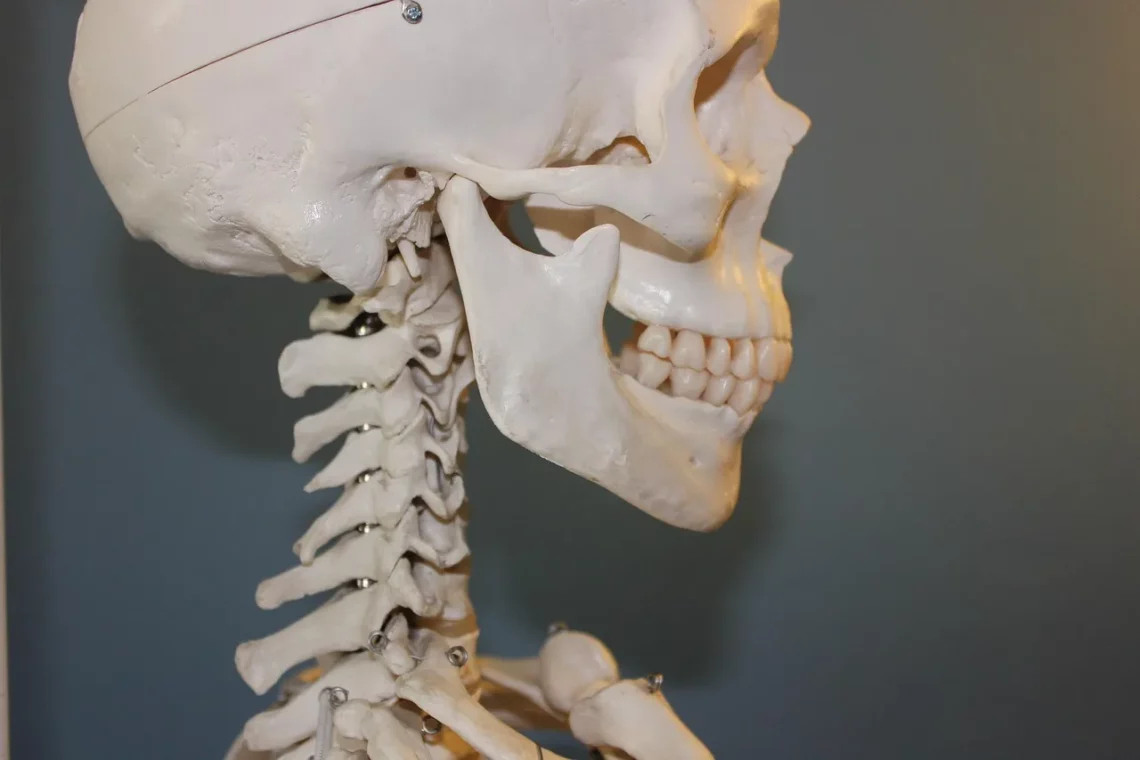
Understanding the Frenum Ladder: A Guide to Oral Anatomy
Understanding the complex structures of the human body can often feel overwhelming, yet it is essential for various fields, including medicine, dentistry, and even personal health awareness. One such area that deserves attention is oral anatomy, which encompasses a range of features that play crucial roles in our daily lives. Among these structures, the frenum, or frenulum, represents a fascinating aspect of oral anatomy that many may overlook.
The frenum serves as a connective tissue that links the movable parts of the mouth, such as the tongue and lips, to the underlying bone and mucosa. Its unique positioning and function can significantly influence oral health, speech, and even eating habits. Understanding the frenum and its variations can provide insights into common dental and speech issues, leading to better health outcomes.
As we delve deeper into this topic, we will explore the different types of frenula, their functions, and how they can affect oral health. This knowledge not only enhances our awareness but also equips us with the information needed for discussions with healthcare professionals. Whether you are a student of anatomy, a healthcare provider, or simply curious about the human body, gaining insights into the frenum ladder is a rewarding endeavor.
The Anatomy of the Frenum: A Closer Look
The frenum, or frenulum, is a small band of tissue that connects movable parts of the mouth to the surrounding structures. In the oral cavity, there are several frenula, including the labial frenulum, which connects the lips to the gums, and the lingual frenulum, which attaches the tongue to the floor of the mouth. Each of these frenula serves a critical function in maintaining the normal movements of the mouth and tongue.
The labial frenulum, for instance, helps stabilize the lips and aids in the proper positioning of the teeth. It plays a role in articulation and helps prevent excessive movement of the lips, which can be crucial for clarity in speech. On the other hand, the lingual frenulum is vital for tongue mobility. It allows for the necessary range of motion for activities such as swallowing, speaking, and tasting.
Anatomically, the frenulum consists of connective tissue and may vary in size and shape among individuals. Some people may have a prominent frenulum that significantly influences their oral functions, while others may have a more subtle structure. This variability is important, as it can lead to different clinical scenarios, such as tongue-tie, which can affect speech and feeding in infants.
Understanding the anatomy of the frenum is essential not only for healthcare providers but also for individuals who may experience issues related to these structures. Awareness of one’s own anatomy can prompt discussions with dentists or speech therapists when concerns arise, leading to timely interventions and improved outcomes.
Types of Frenula and Their Significance
In the realm of oral anatomy, the frenum can be categorized into several types, each serving distinct purposes. The primary frenula include the labial frenula, lingual frenulum, and buccal frenulum.
The labial frenulum is found in both the upper and lower lips, connecting them to the gums. Its primary function is to maintain proper lip positioning and to assist in the movements required for speech and eating. A well-formed labial frenulum is crucial for maintaining the alignment of the teeth and preventing gaps that could lead to dental complications.
The lingual frenulum, as mentioned earlier, connects the bottom of the tongue to the floor of the mouth. Variations in this frenulum can lead to conditions such as ankyloglossia, commonly known as tongue-tie. This condition can restrict tongue movement, potentially impacting breastfeeding in infants, speech development in children, and even oral hygiene in adults. Recognizing the signs of tongue-tie early can lead to effective treatment options, including frenectomy, which can enhance mobility and function.
The buccal frenulum connects the inner cheeks to the gums, playing a role in maintaining the positioning of the cheeks during various oral functions. Although less commonly discussed, the buccal frenulum is equally important for overall oral health. Issues with the buccal frenulum can affect chewing and speaking, leading to discomfort and potential dental issues.
Understanding these types of frenula and their significance allows for better awareness of potential health concerns. Individuals who experience difficulty with speech, eating, or oral hygiene should consider consulting a healthcare professional to assess their frenula and explore possible solutions.
Common Issues Related to Frenula
While the frenula serve essential functions, various issues can arise that impact oral health and function. One of the most recognized conditions is tongue-tie (ankyloglossia), which occurs when the lingual frenulum is too short or tight. This condition can lead to difficulties with breastfeeding in infants, challenges in speech development in children, and complications with oral hygiene in adults.
Another common issue is a tight labial frenulum, which can cause gingival recession or gaps between the teeth. When the labial frenulum exerts excessive tension on the gums, it can lead to inflammation and dental issues over time. Individuals may notice discomfort or sensitivity in the area, prompting them to seek dental advice.
Frenulum-related issues are not limited to children; adults can also experience complications. For instance, a tight buccal frenulum may cause discomfort during chewing or may lead to the formation of canker sores in some individuals. Awareness of these potential problems is crucial for prompt intervention and management.
Fortunately, many frenulum-related issues can be addressed through simple procedures. Frenectomies, for example, are minor surgical interventions that can help release tight frenula, improving function and comfort. Consulting with a healthcare professional, such as a dentist or an oral surgeon, can provide clarity on the best course of action for individuals experiencing complications related to their frenula.
The Impact of Frenula on Oral Health and Function
The relationship between frenula and oral health extends beyond immediate concerns; it can influence long-term health and well-being. Individuals with frenulum issues may face challenges that impact their daily lives, from eating and speaking to maintaining proper oral hygiene.
For instance, children with tongue-tie may struggle with articulation, leading to frustration in communication. This challenge can affect their social interactions and self-esteem. Early intervention, such as speech therapy or surgical options, can significantly improve outcomes, allowing children to develop effective communication skills.
In adults, issues with frenula can lead to chronic discomfort, which may discourage individuals from maintaining proper oral hygiene. This can result in dental issues such as cavities, gum disease, and tooth loss. Addressing frenulum-related concerns not only enhances comfort but also promotes better oral health practices, ultimately improving overall well-being.
Moreover, understanding the role of frenula in oral health can empower individuals to advocate for their health. By recognizing the signs and symptoms of frenulum-related issues, individuals can seek timely care, ensuring that they do not suffer unnecessary complications.
In conclusion, the importance of the frenum ladder in oral anatomy cannot be understated. By understanding its structure, types, and potential issues, individuals can make informed decisions regarding their oral health.
**Disclaimer**: This article is for informational purposes only and should not be considered medical advice. For any health concerns or questions regarding your oral anatomy, please consult a qualified healthcare professional.




